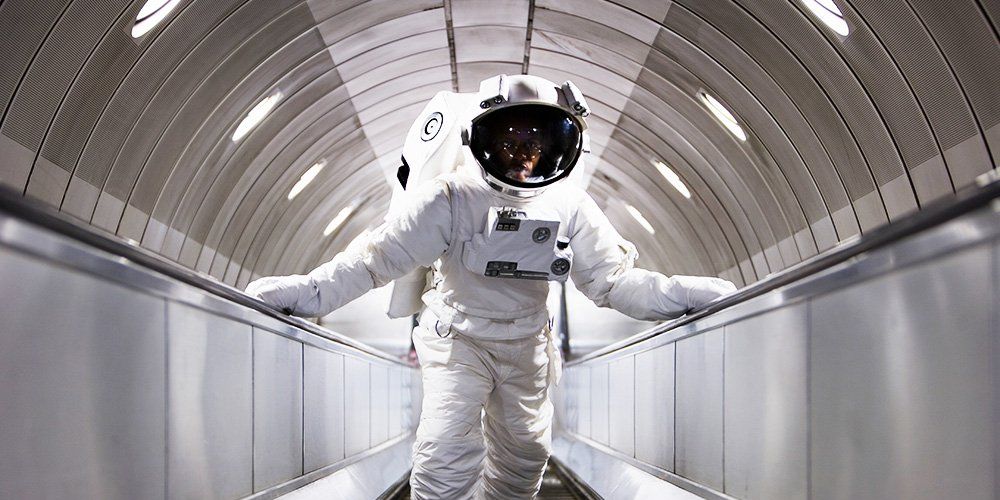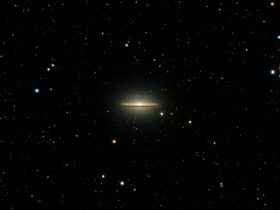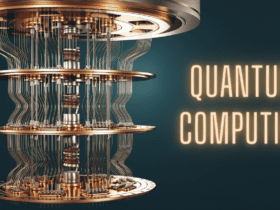Astronauts aboard the International Space Station do spine scans, heart checks, and breathing tests.
During a spacewalk on January 19, 2022, Russian spacewalkers Pyotr Dubrov and Anton Shkaplerov worked on the Prichal module.
The International Space Station’s main scientific activities were spinal scans and cardiopulmonary measures on Friday.
The Expedition 66 crew also performed maintenance on spacesuits, life support equipment, and a Russian scientific module.
The human study is critical to learning how the body adjusts to weightlessness, with physicians attempting to keep astronauts healthy on long-duration missions.
Researchers examine the data using various methods to comprehend the physiological changes that the human body undergoes in space.
Astronauts’ Health Check Routine
During the afternoon on Friday, NASA astronauts Mark Vande Hei and Thomas Marshburn took turns scanning each other’s spines with the Ultrasound 2 equipment.
With real-time instruction from experts on the ground, the pair tagged their lower back region and scanned the spinal lumber segment.
Another experiment involves using portable equipment that an astronaut may wear to evaluate heart rate and respiratory performance.
Flight Engineer Matthias Maurer of the European Space Agency (ESA) put on the vest-like medical monitoring equipment and worked out the exercise cycle for the Metabolic Space research on Friday morning.
On the penultimate day of the workweek, two NASA astronauts concentrated their efforts on repairing space station hardware.
Kayla Barron, a flight engineer, spent many hours in the Quest airlock cleaning cooling loops and water lines inside a pair of US spacesuits.
Raja Chari, a NASA Flight Engineer, changed the station’s Internal Thermal Control System, placed beneath an avionics rack in the US Destiny laboratory module.
Throughout the day, Commander Anton Shkaplerov of Roscosmos worked on orbital plumbing and ventilation cleaning activities at the station’s Russian portion.
Pyotr Dubrov, a flight engineer, spent the day inspecting cable connections, laptop computers, and other components within the Nauka multifunctional laboratory module.













Leave a Reply